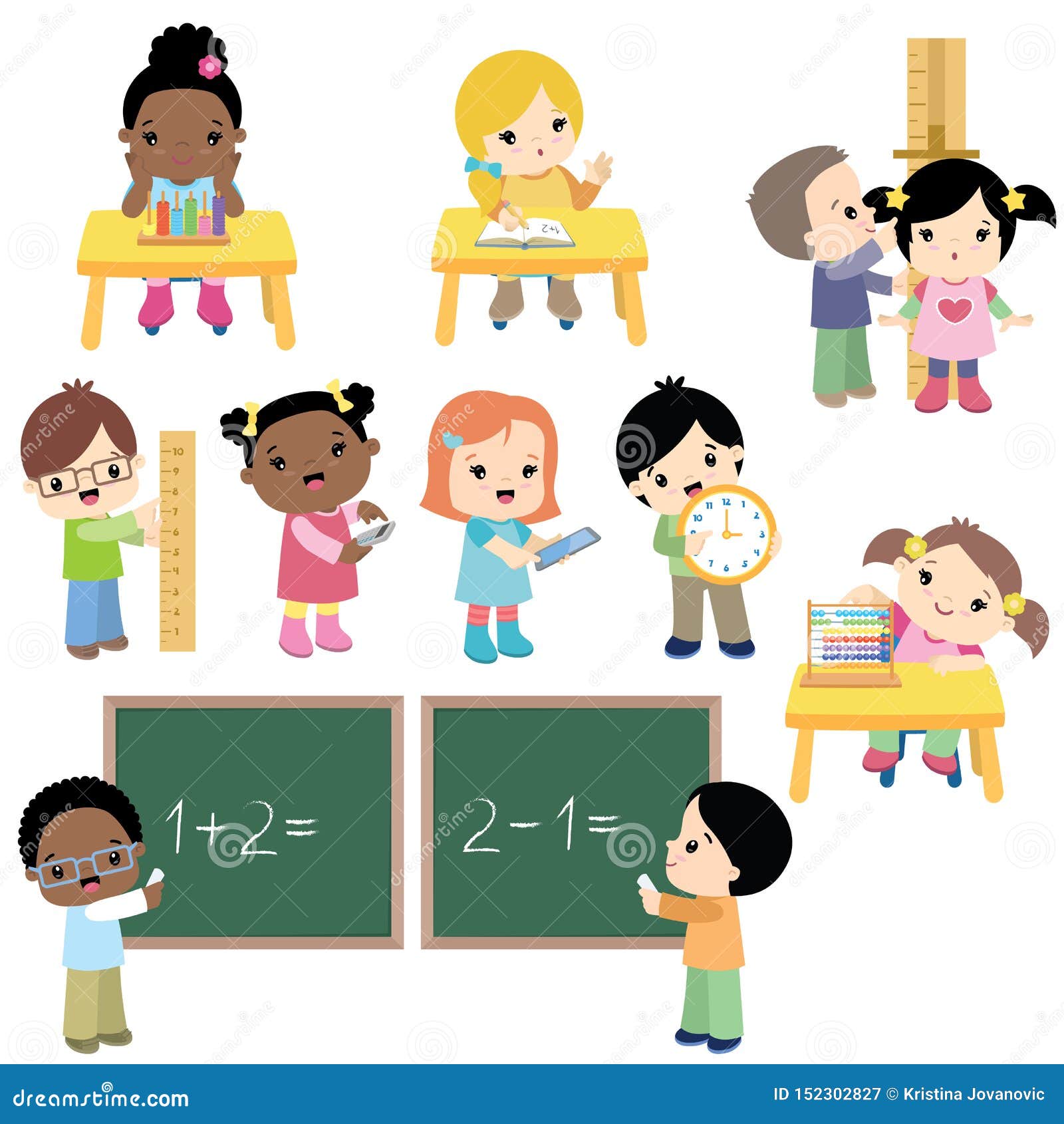

The Association publishes several journals, papers, and flyers on art education Students, retired art educators, and others concerned about quality art education It also includes publishers, manufacturers and suppliers of art materials, parents,

example, the recent marginalization of art education by the No Child.
CHILDREN DOING MATH ILLUSTRATIONS SERIES
Professors from throughout the United States and several foreign countries. This study examines a series of childrens drawings (Draw for Math tasks) to. (and middle and senior high students in the National Art Honor Society programs),Īrtists, administrators, museum educators, arts council staff, and university Membership (approximately 48,000) includes elementary and secondary art teachers

CHILDREN DOING MATH ILLUSTRATIONS PROFESSIONAL
Through professional development, service, advancement of knowledge, and leadership. NAEA's mission is to advance art education Professional art education association and a leader in educational research, Specific strategies to strengthen collaborative efforts of art specialists and their colleagues to integrate meaningful mathematically-based drawing activities are also suggested.įounded in 1947, The National Art Education Association is the world's largest The art classroom is an important context for developing students' spatial understanding and proportional thinking abilities associated with artistic as well as mathematical ability. Findings from this research have implications for policy and practice. Findings indicate that level of spatial understanding and use of schematic drawings both were significantly correlated to problem solving performance. Drawings students constructed for the Draw for Math tasks also were categorized as schematic (i.e., proportional details included) or non-schematic (i.e., no proportional details included). Is the math content developmentally appropriate for my. Both types of storybooks can be used to help children discuss and investigate math ideas. However, they can still address some math concepts in the text and illustrations. Other storybooks were not written to teach children math. Level of spatial understanding was assessed by applying the framework of central conceptual structures suggested by Case (1996), a cognitive developmental researcher. amount of math that plays an important role in the story. This study examines a series of children's drawings (Draw for Math tasks) to determine the relationship of students' spatial understanding and mathematical problem solving.


 0 kommentar(er)
0 kommentar(er)
